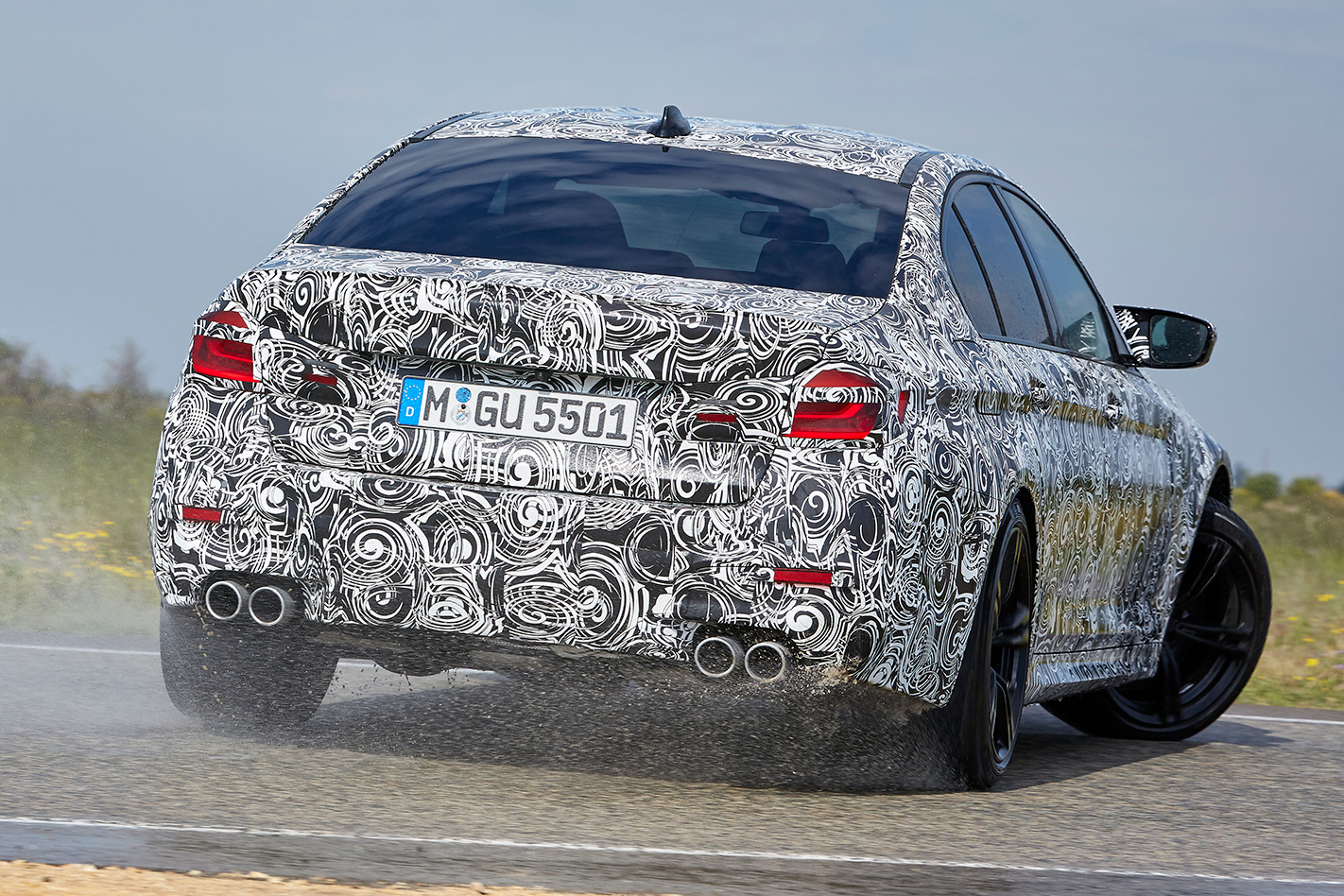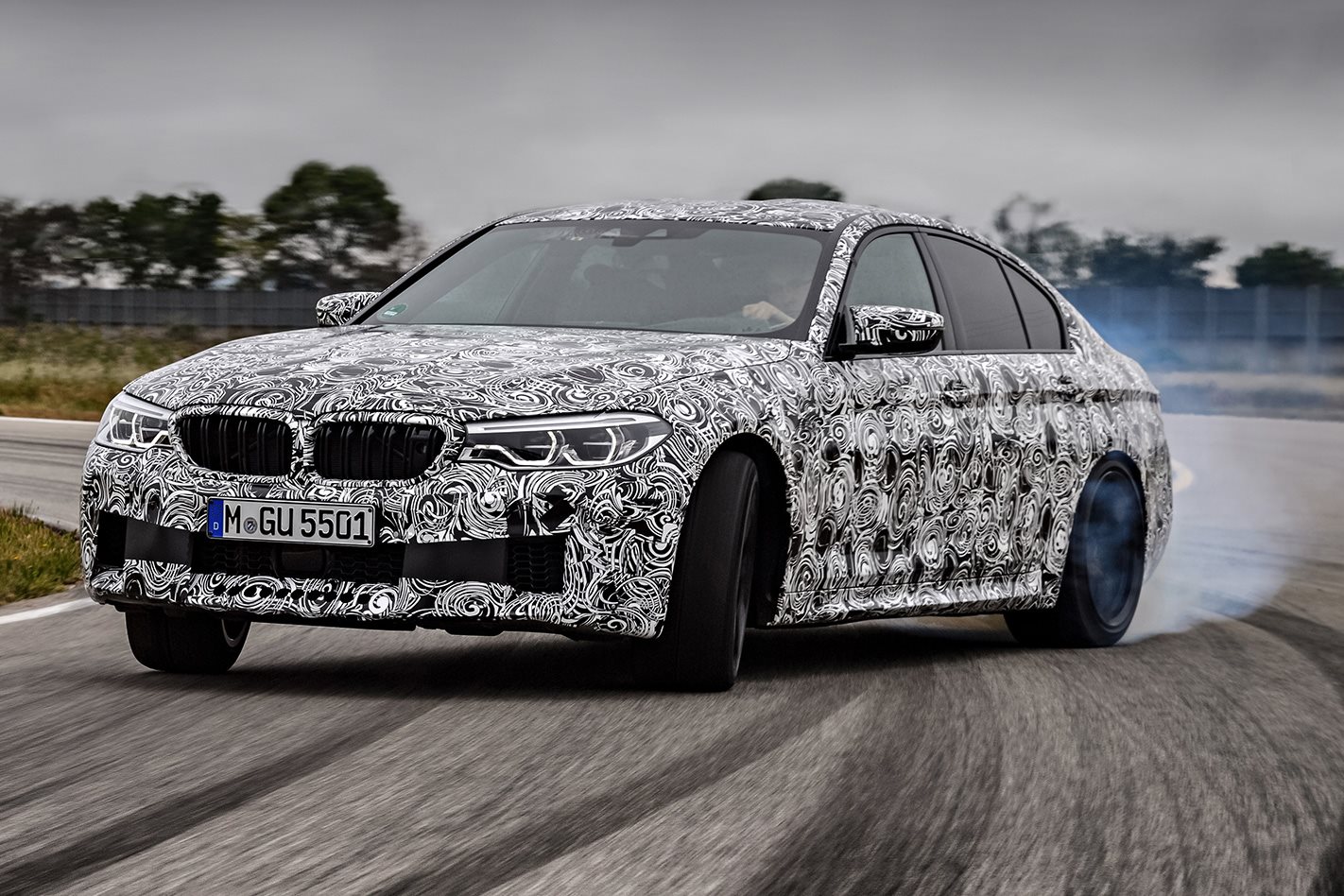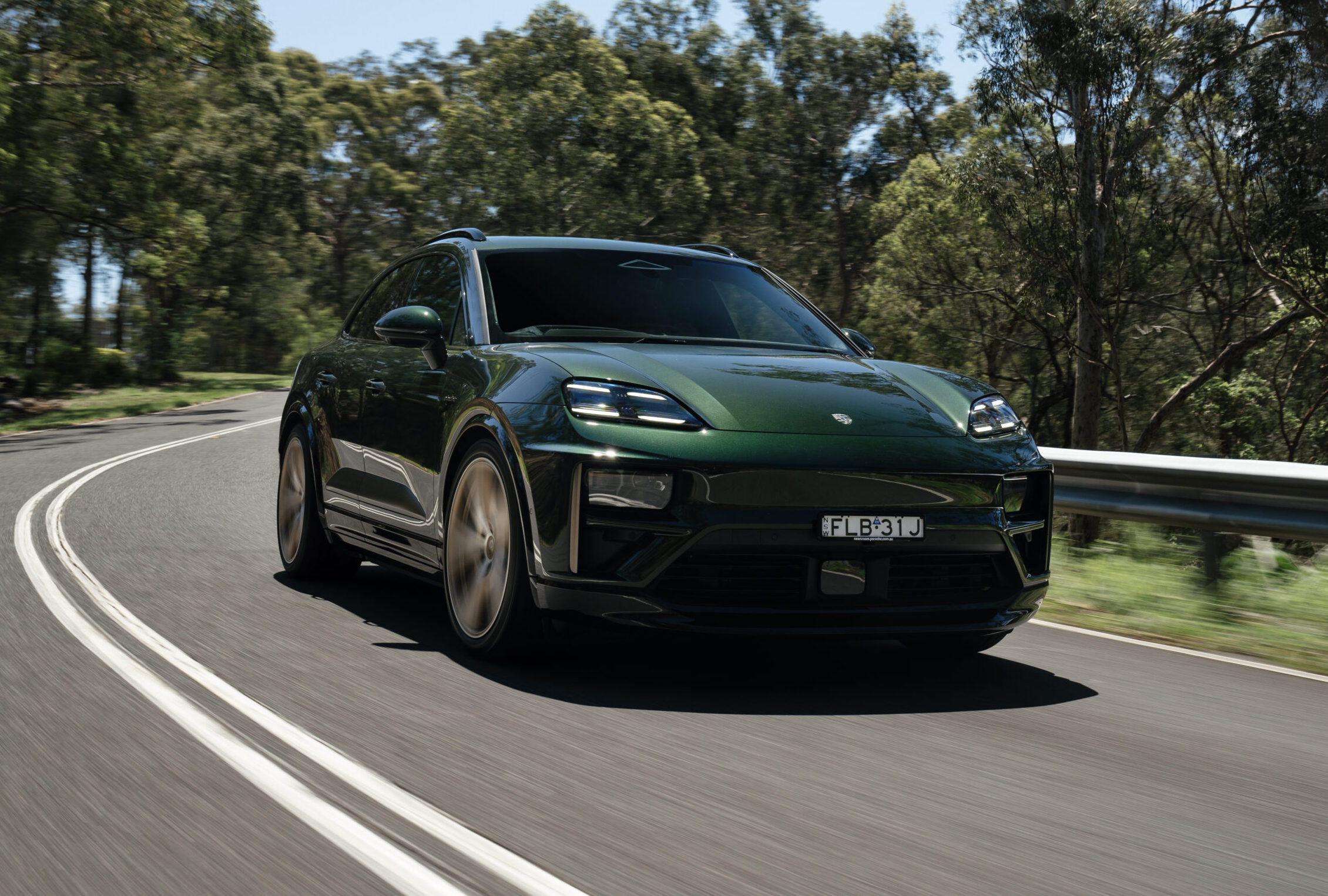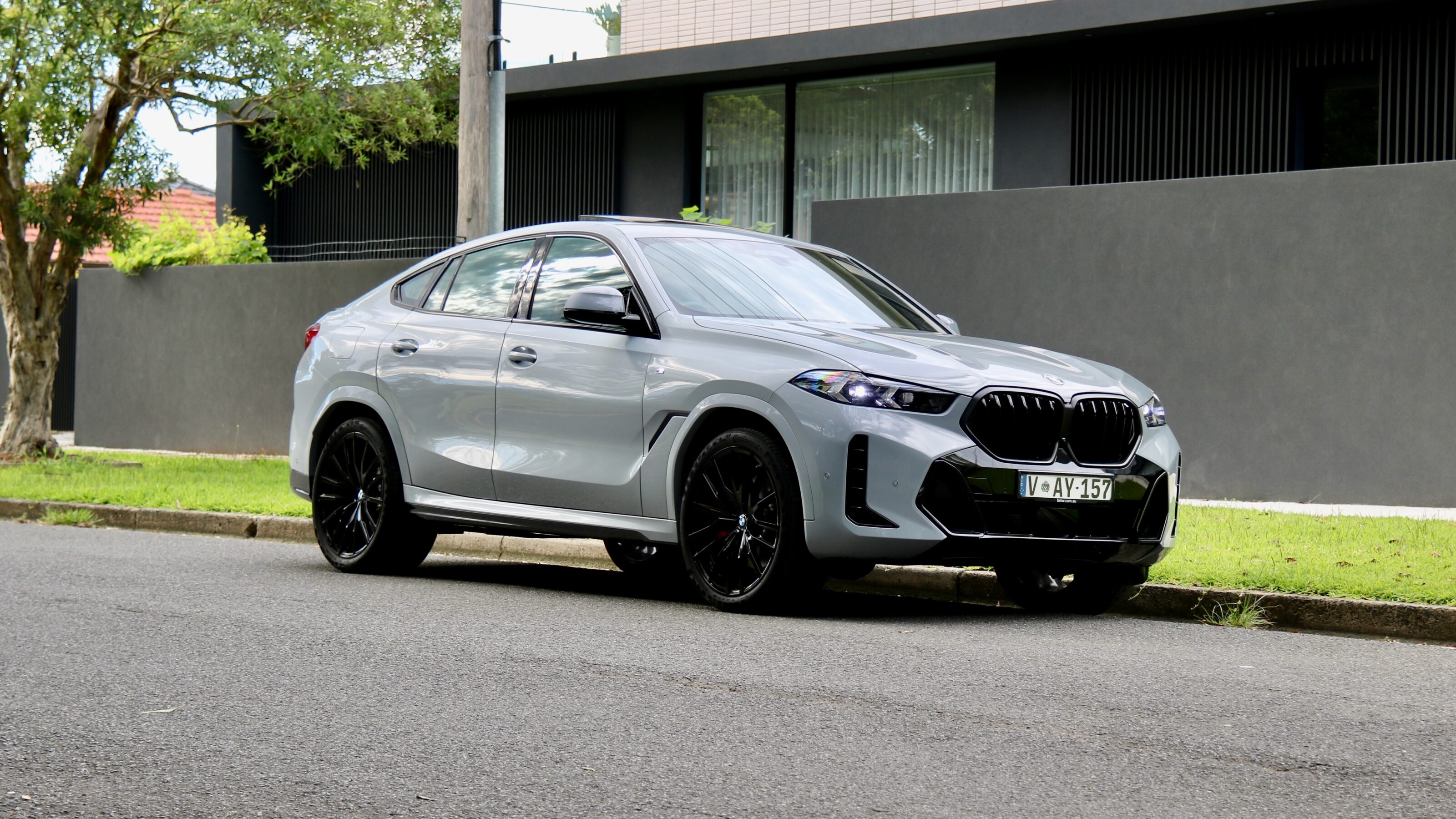THE next BMW M5 won’t go into production until November 2017 and won’t reach Australia until the following year. But the Bavarian brand’s engineers believe they’ve almost finished creating something really special…
WHAT IS IT? A high-performance version of the new G30 5 Series. Its engine is an update of the twin-turbo 4.4-litre V8 in the previous F10 5 Series-based M5, but a complete rethink of the super-sedan’s drivetrain makes it a much more capable and charismatic car.
WHY WE’RE TESTING IT When BMW’s M Division invites you to try the next version of the M5 six months before its international launch you don’t say no…


POWER PLAY
Ask M Division engineers about the new M5’s maximum outputs and the answer will be the same every time. “We have about 600 horsepower and 700 Newton metres.” The reluctance to disclose is understandable. The men from Munich don’t want to provide the guys at Affalterbach, home of Mercedes-AMG, with a firm target to trump.
That 600 horsepower figure translates to 450kW, exactly the output of the twin-turbo 4.0-litre V8 in the E63 S. It’s also an increase over the 423kW produced by the current M5’s twin-turbo 4.4-litre V8.
The new M5’s engine is an update of the current V8, with new turbochargers and fuel injectors, plus a redesigned exhaust system. More than this, the M engineers aren’t telling…






